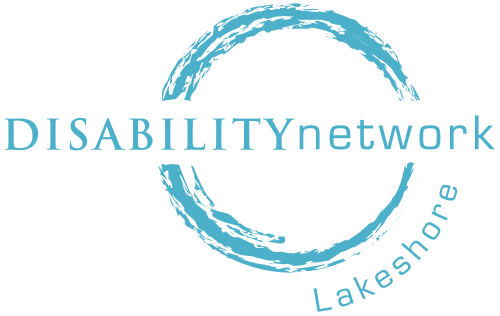Hidden Disabilities
A disability is a physical or mental impairment that limits normal activities of daily living in a significant way. Estimates range from 65% to 90% of people with disabilities have what are called “hidden” disabilities – those that aren’t obvious. Many disabilities fall into the invisible category: arthritis, traumatic brain injury, PTSD, MS, fibromyalgia, and the list goes on and on. While you may not show it (or you may actually try to hide it), having a disability often makes everyday activities more difficult.
Unfortunately, because people can’t see that you are disabled, they may believe you are weak, antisocial, or just lazy. Students may have disabilities that impair their thinking such as dyslexia, learning disabilities, or cognitive challenges. When teachers are unaware of these conditions, they may become frustrated with the student’s lack of progress and believe he or she is simply not trying hard enough.
Having a disability can also have a negative impact on self-esteem. In our society appearance is everything. There are some people with invisible disabilities that are delighted their condition is not readily apparent. They may realize that others don’t see them as having a legitimate condition, but they prefer that to being labeled disabled.
Sometimes a hidden disability can result in the inability to hear instructions or read or see written directions. While others respond quickly, those with hidden disabilities may have no idea of what’s happening around them. They may quickly be identified as having “problem” behaviors, or as being obstinate. People with back injuries may be unable to lift anything heavy or stand for longer than a few minutes at a time. They may be identified as being lazy and uncooperative rather than disabled.
In order to not judge anyone too harshly, we should be careful we don’t assume that just because we cannot see someone’s disability it means they aren’t disabled. When you see people parking in accessible parking spots who do not look disabled, don’t get angry and shout at them. Instead, understand they may be disabled in a way that is not readily apparent.
We can’t always tell someone is disabled just by looking at them. Patience and understanding will go a long way in supporting those with hidden disabilities.

